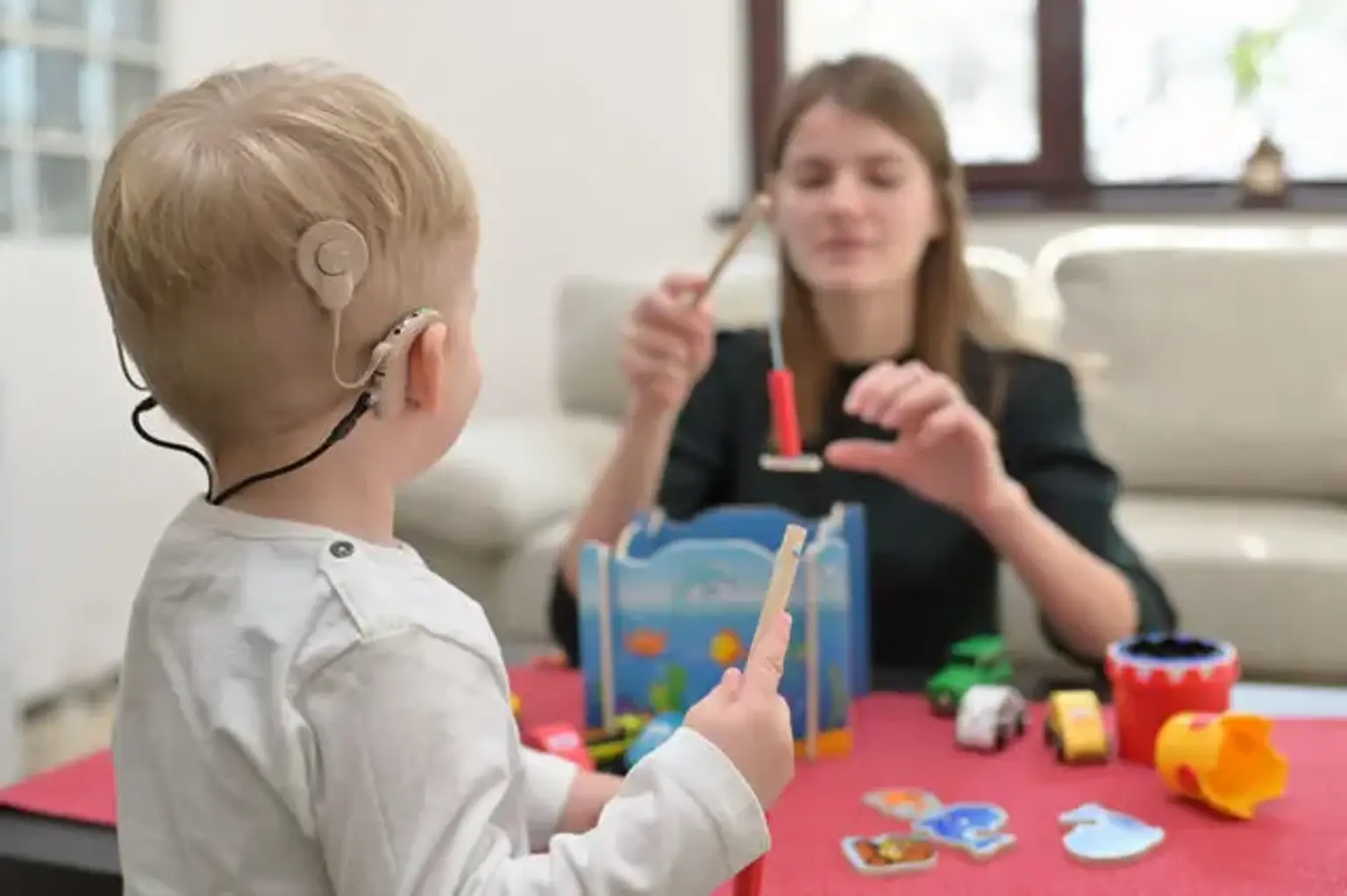Sensorineural hearing loss
Overview
Hearing loss is a very prevalent medical problem that increases in frequency and severity with age. The afflicted population is likewise large, ranging from newborns through old people, and is practically universal in the 70+ age range. The diagnosis and management of this condition necessitate the collaboration of an interprofessional team that comprises the general practitioner, otolaryngologist, speech therapist, audiologist, and social worker.
The most prevalent kind of hearing loss is sensorineural hearing loss (SNHL), which accounts for the vast majority of all hearing loss.
Understanding the type of hearing loss and the technology required to improve auditory reception is critical for properly addressing hearing loss. Pediatricians must be included into the care of children with hearing loss to guarantee appropriate hearing and language development.
